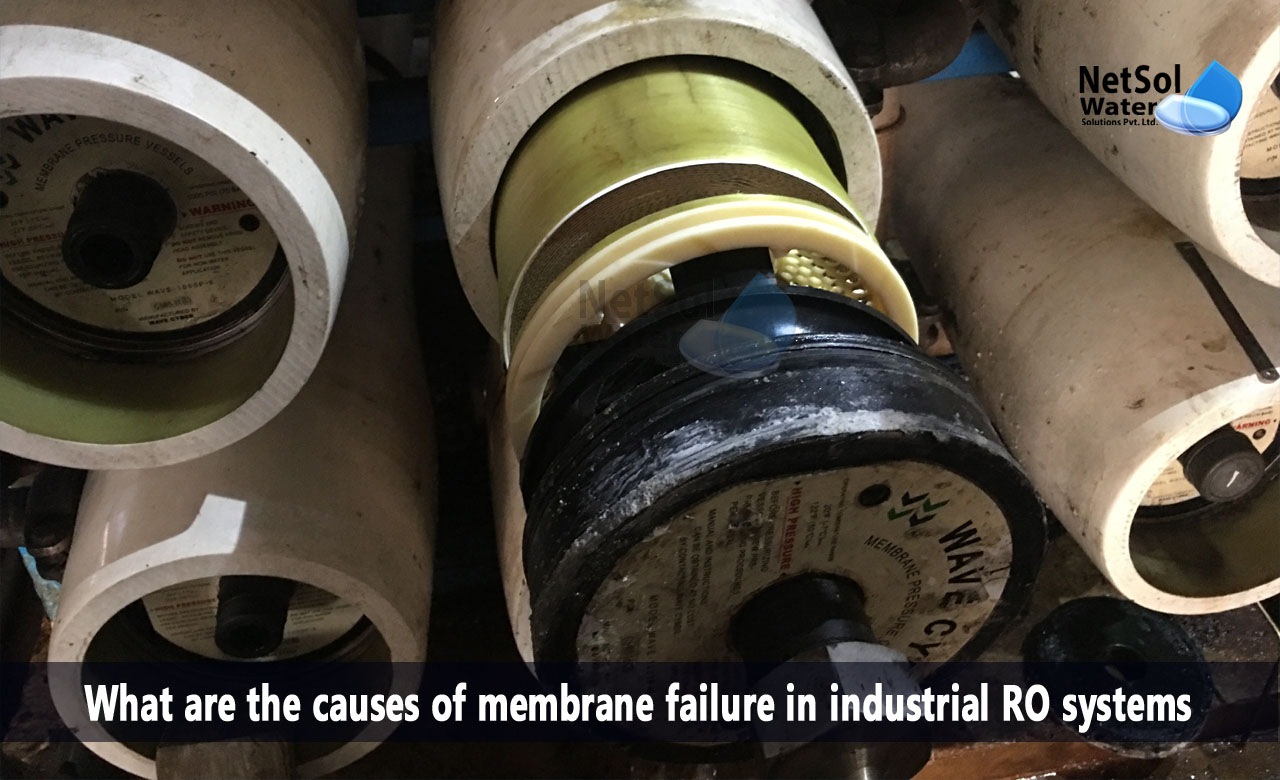What Causes Membrane Failure in Industrial RO Systems?
The Industrial RO Plant Membranes turn out to be less effective and useful because of fouling, which is the progressive collection of contributing deposits. Since membrane systems are mechanical, surface fouling is a possibility. The membranes, in the end, fall apart because of this fouling. The presentation of RO and NF membranes is impacted by many key fouling factors like suspended particles, scaling, organic, and biological. There are some fundamental reasons for degradation— hydrolysis, oxidation brought on by pH extremes, and exceeding the maximum working temperature.
Oxidation
Oxidizers like chlorine, ozone, chloramines, hydrogen peroxide, and different substances will harm the concentration layer of the membrane’s construction. Some layers are more seriously hurt by this than others, like the thin film composite layer. You can go somewhere safe and secure lengths including keeping chlorine levels below 0.01 parts per million. At the point when present in the input water, metals like iron and copper accelerate the oxidation cycle. If oxidation-related harm is extreme, salt rejection will decrease. At the point when it arrives at a specific level, the cost of working the machinery and the ionic burden on downstream ion exchange machinery will be more than the cost of fixing damaged membranes.
Suspended particles
In the feedwater, suspended particles develop on the membrane’s surface. This obstructs feed channels and might be especially tricky for lead membranes in a system. This can be brought on by suspended materials such as residue, earth, iron, silica, manganese, and aluminum. Cleaning contaminated membranes should be possible with dispersants and surfactants.
Scaling
A membrane’s surface might turn out to be extremely soaked with materials like calcium, strontium, barium, and different salts, which decreases the amount of water that can penetrate through the membrane and flow through the feed channel. A typical cleaning technique for this is to apply an acidic solution with a low pH to the membrane. It isn’t exceptionally successive, however on the off chance that silica fouling occurs, it will be significantly more diligently to clean and require a new, more specific approach.
Organic
Membrane fouling can be gotten on by normally happening organics surface water. Coagulants (also called flocking agents) and inconsistent pretreatment chemical compounds are different types of fouling other than natural fouling. Organic materials are frequently cleaned by utilizing a high-pH solution. There are times when a more expert cleaning method might be required, but this relies upon the foulants present.
pH Excessive
Extremes in pH balance can prompt hydrolysis, a chemical process that separates the membrane. The thin film composite layer of a membrane will work somewhere in the range of 2 and 11 on the pH scale. The pH scope of the cellulose acetic acid derivation membrane is 5-8. As indicated by the two sources, hydrolysis happens over this point. This results in harm to the feed channel spacer, stick joints on membrane leaves, and the polymeric design of the membrane. The membrane won’t work well in these conditions.
Biological
It’s feasible for biological make a difference to collect on the membrane’s surface, which would reduce the saturation and take care of channel flows. Organic slimes and microorganisms are two instances of fouling parts. To eliminate biological matter, utilize a high pH cleaner with dispersants at high temperatures and violent flow rates. In the event that there is huge biofouling present, short-term soaking might be required.
Temperature
The membrane suffers heat degradation while its working reach is surpassed, delivering it normally unusable. The maximum temperature for most slender film composites is 45 degrees Celsius, contrasted with 35 degrees Celsius for cellulose acetic acid derivation membranes. The membranes are totally destroyed on the off chance that the temperature surpasses this.
Why choose us?
Constantly, our group of Water treatment plant installation and maintenance professionals is next to your doorstep. We approach each work the same way, giving you unmatched service, whether you deal with a multimillion-dollar industrial company or just need high-quality water treatment in a single building.
At Netsol Water, we provide you with the high-quality goods, tools, and services you would anticipate from a large organization while maintaining the individualized service of a locally owned company. You may reach us by phone at +91-9650608473 or by email at enquiry@netsolwater.com if you have any questions about our products, services, or support.

